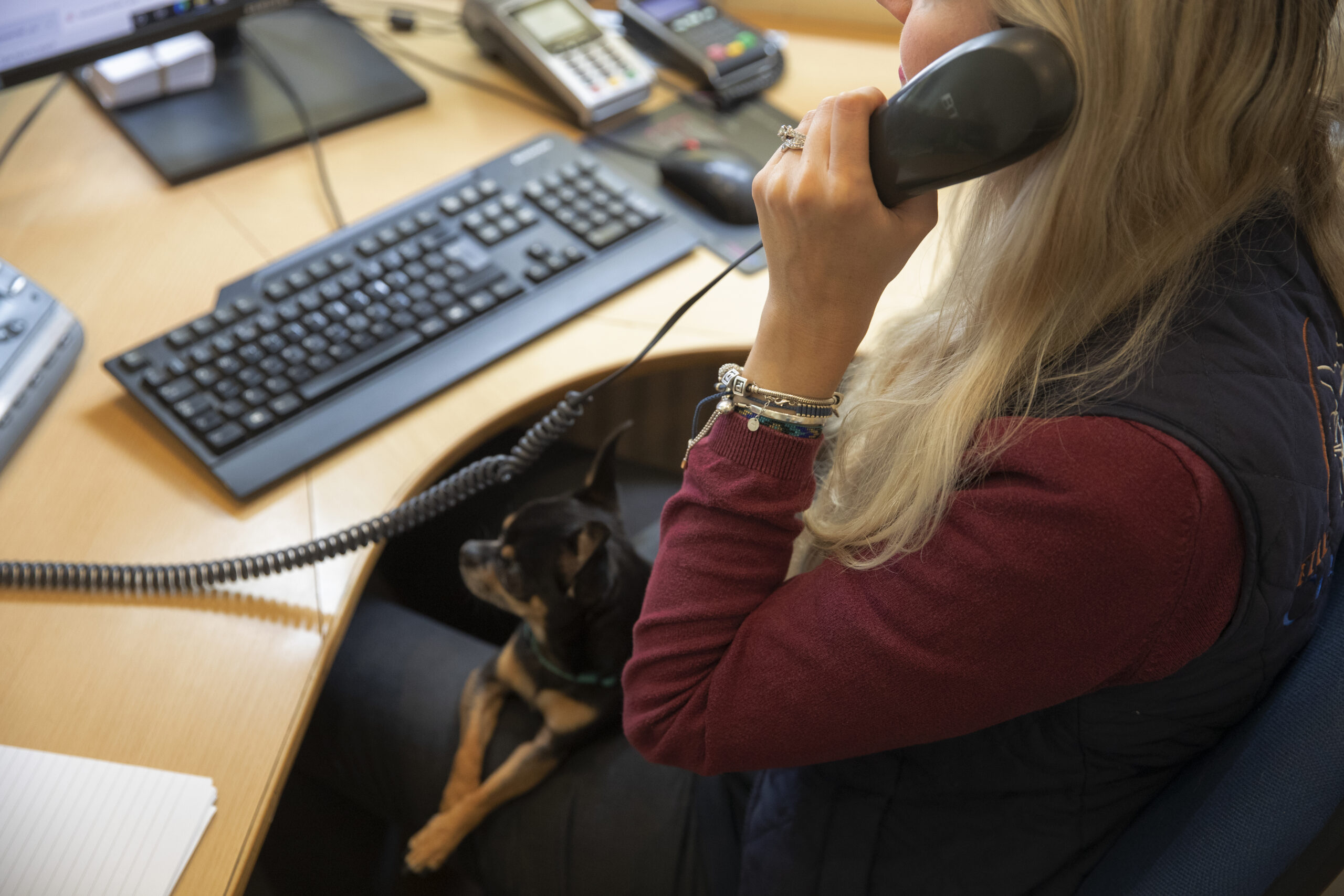Severe Lameness
Lameness can vary from mild to non-weight bearing. All cases of sudden non-weight bearing lameness should be seen by a vet as there can be many causes for this.
What to do:
- Examine entire leg for wounds, areas of heat, swelling or pain
- Look in the foot for stones or any penetrating objects
Foot Abscesses – What to do:
- The foot will need to be pared by a vet or farrier to release the pus and assess the extent of infection.
- A poultice is often applied to the foot for several days.
Foot Penetrations – What to do:
- If a sharp object (such as a nail) pierces the foot and damages the area. It is advisable not to remove it so that your vet can accurately assess which structures may be affected.
- Padding around the object can help to prevent further damage while waiting for the vet.
Cellulitis – What to do:
- An infection of the skin and surrounding drainage vessels.
- The affected limb is usually very swollen, and the horse is reluctant to move.
- Cold hosing the area twice a day will help with the swelling but please call us to see if we can help you further.
Joint Infection – What to do:
- A wound is usually present, but this can be as small as a thorn which can be easily missed.
- Lameness usually develops rapidly over 12 to 24 hours such that the horse will be unable to put any weight on the limb.
- Heat, pain and swelling around a joint or tendon.
Fractures – What to do:
- Horse is severely lame (unable to bear any weight)
- Obvious signs of distress (e.g. sweating, shaking, increased or laboured breathing)
- There may be obvious injury and swelling to the limb
- Keep horse calm and still (food and quiet equine friends maybe helpful!).
Tendonitis:
- Injuries to the tendons on the back of the lower limbs below the knee or hock are common.
- They can be due to direct trauma (e.g. sheep wire) or to stresses and strains put on the tendon during work, in which case there is no associated wound
- May find swelling, heat and lameness
Laminitis
- Laminitis is inflammation of the soft tissues that join the pedal bone to the hoof capsule. It can occur due to hormonal problems, diet, trauma or secondary to other illnesses.
- Reluctance to move, standing as though leaning backwards with the weight on the heels or shifting weight
- Sometimes the horse is unable to stand at all
- Signs of distress (sweating, increased respiratory rate) +/- loss of appetite.

